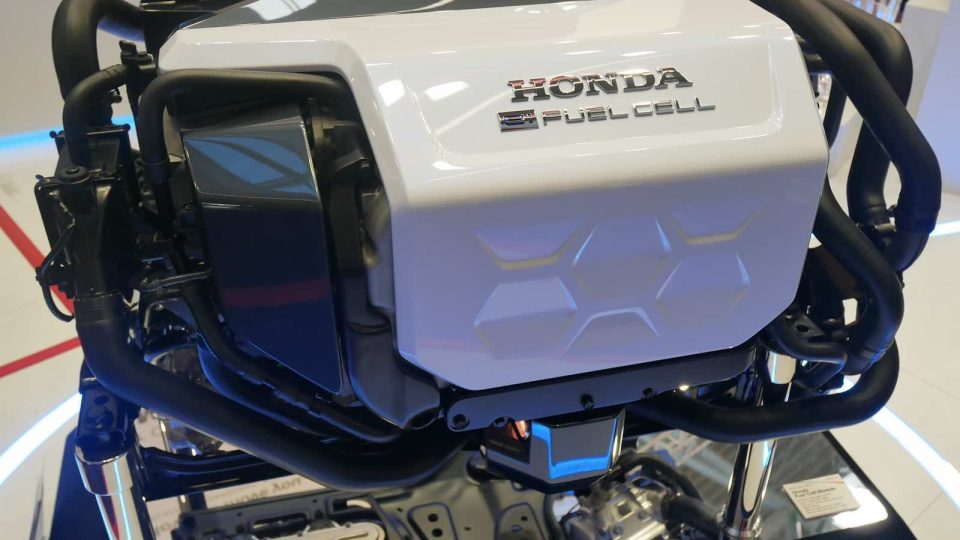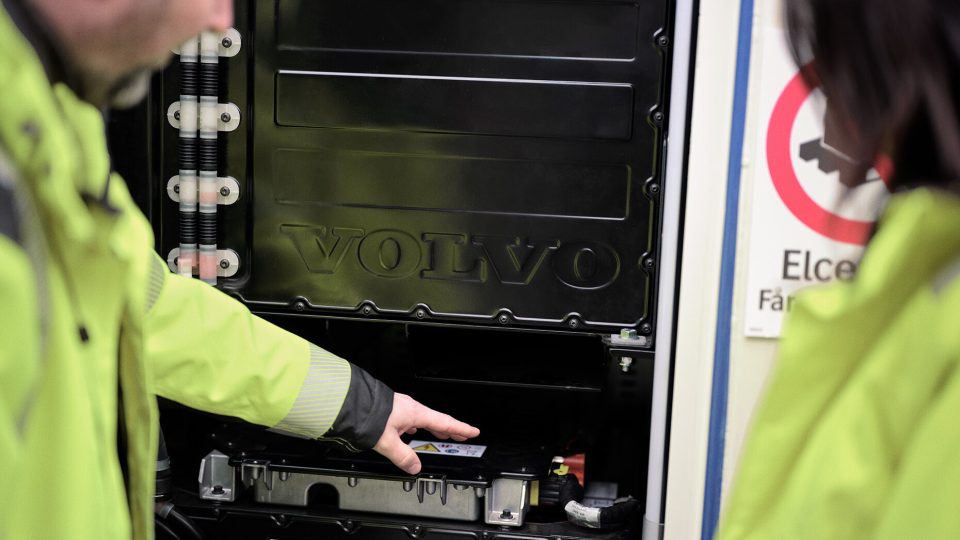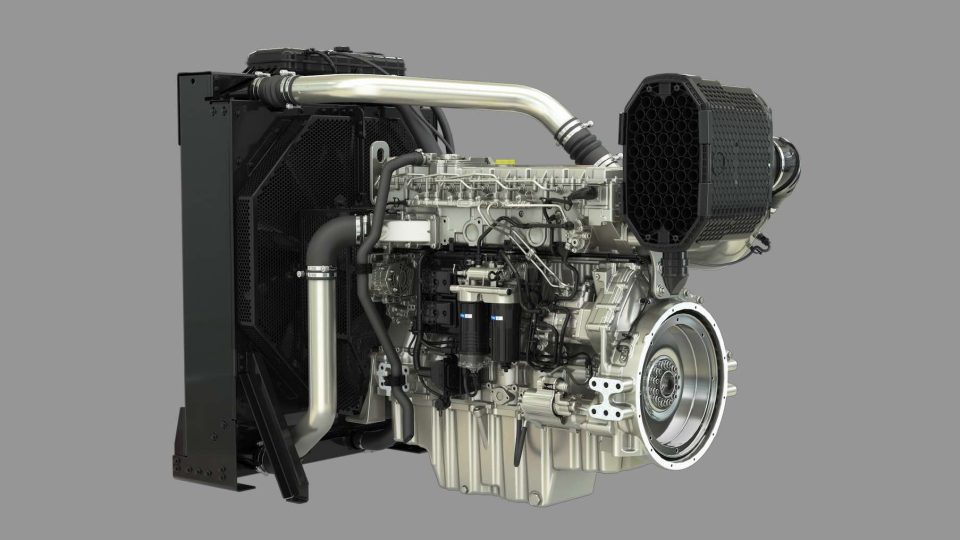Wärtsilä’s report outlines a different perspective
Wärtsilä’s report – Aligning Stimulus with Energy Transformation – is a good way to say ‘bye’ and too restart. End of the year, time to take stock, especially in years as historic as this one. The year 2020 was profoundly marked by the pandemic, and thoughts on energy supply and sources are also influenced by exogenous variables, […]
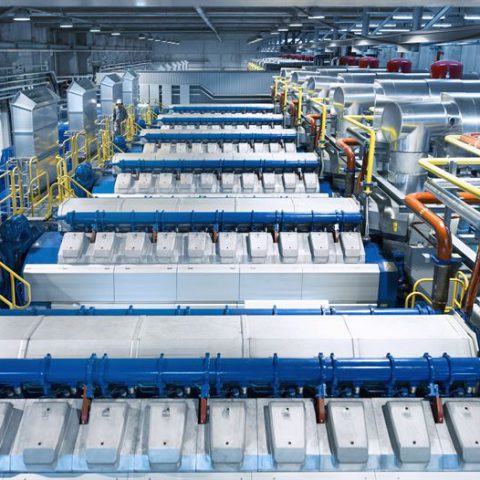
Wärtsilä’s report – Aligning Stimulus with Energy Transformation – is a good way to say ‘bye’ and too restart. End of the year, time to take stock, especially in years as historic as this one. The year 2020 was profoundly marked by the pandemic, and thoughts on energy supply and sources are also influenced by exogenous variables, such as Covid.
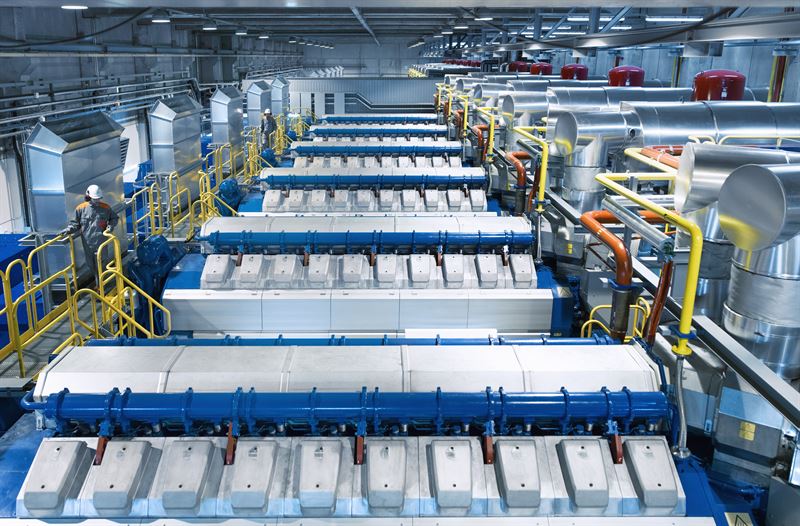
Wärtsilä’s report: it’s time to take stock
The report has revealed that “the G20’s stimulus packages are weighted to support legacy energy systems; missing the opportunity to create jobs and accelerate the transition towards flexible, renewable-powered economies. It presents modelling of scenarios where the United States and the United Kingdom focus their current stimulus packages for energy on measures that accelerate the energy transition, aligning economic recovery with decarbonisation. In addition, the report provides viewpoints from Wärtsilä experts in a range of other G20 countries, including Germany, Australia and Brazil. The report analysis is founded on two key sources, Wärtsilä’s Atlas of 100% Renewable Energy, and the Energy Policy Tracker. In the United States, if the current stimulus pledged to support legacy fossil fuel sectors ($72 billion USD) was allocated to advance modern, flexible, high-renewable power systems, over 100 GW of new renewable energy capacity could be achieved. This would result in over 500,000 new jobs in renewable energy, 175% more new jobs than if stimulus was focused on legacy, inflexible energy systems.
Modelling a carbon neutral US by 2035
Furthermore, Wärtsilä has modelled a scenario for a carbon neutral electricity sector for the United States by 2035. The model demonstrates that a cost-optimal carbon neutral power system could be achieved with 1,700 GW of new wind and solar, supported by battery energy storage and flexible gas-fired power capacity operating on renewable bio- or synthetic fuels. The fully renewable power system would create 8.7 million jobs in renewable energy alone and have an expected investment cost of $1.7 trillion USD. Crucially, the Wärtsilä report reveals that to ensure reliability of a renewable-powered electricity system, over 400 GW of battery energy storage capacity and over 100 GW of flexible gas power capacity, running on renewable synthetic fuels would be needed. Over 150 GW of electrolyser capacity for Power-to-X processes would be installed for the production of synthetic fuels. Wärtsilä’s analysis results illustrate how Power-to-X processes will be a key component for providing flexibility and stability for renewable power systems.
The United Kingdom
Wärtsilä’s analysis identifies that current energy stimulus, if utilised to leverage private sector funds towards the energy transition, could help the United Kingdom to reach a 60% renewable power system and cut power sector emissions by 58%. The system would have 60 GW of renewable energy, supported by 7 GW of battery energy storage and 14 GW of flexible gas-based generation for flexibility. This would create over 120,000 jobs in the renewable energy sector alone and put the UK on track to meet its net-zero emissions target by 2050. Sushil Purohit, Energy Business President, Wärtsilä, said: «Across the G20 countries, the stimulus ‘scales’ are strongly weighted to support legacy inflexible power systems, despite the agenda for rapid decarbonisation that’s underway worldwide. In our modelling of two world-leading energy markets: the US and the UK – it’s clear that both countries stand at the brink of a clean energy revolution, that could provide a blueprint for other economies to follow. Refocusing stimulus towards renewable and flexible energy would accelerate this shift, create jobs and cut emissions».”




